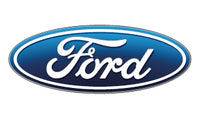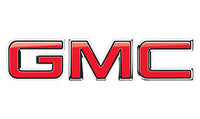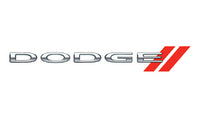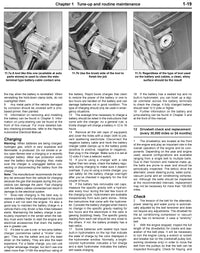This small hatchback might seem perfectly ordinary today, but when it was launched it was something genuinely new. Built with engineering from VW, DKW, Daimler-Benz, and Audi, this new model proved to be nearly as long lived as the original Beetle, with versions of the Mark 1 Rabbit/Golf being produced as late as 2009 in some countries. The simple two box, hatchback body style, combined with front wheel drive, and a transverse mounted water cooled four cylinder would be copied by every other car maker all over the world.
The Volkswagen Golf was designed to be the ultimate successor to the VW Beetle, whose sales were in sharp decline by the 1970s. There can’t be many times in automotive history when such a huge revolutionary change in car design has taken place, than when the Rabbit leaped ahead of the long running VW Bug in 1974. The archaic rear-engined, air-cooled Beetle was a car first sold in 1945, and its design dated to before the war. The MK1 Golf was a water-cooled, front-engined, front-wheel drive hatchback that set standards of design still used today, more than 40 years later.

The Mark 1 Golf/Rabbit was created using many parts recently acquired with Auto Union, and used in the new Audis. These in turn came from development work Mercedes had done in adapting a small water-cooled four cylinder industrial motor for use in an updated DKW F102 (launched as the Audi F103 in 1965). To increase packaging efficiency, VW engineered a gearbox to mount the motor longitudinally, like the British Mini, and ditched the trunk for an unconventional ‘two-box’ design with a hatchback, instead of a 'three box' sedan with a hood, a cabin and a trunk. VW did follow up with a sedan later, when they added a trunk tot he Rabbit and called it the Jetta.
Initially, VW’s hatchback came with just three doors, though a five door version quickly followed, and convertible and pickup truck versions were also produced. The body was designed by Giorgetto Giugiaro, who also designed the exotic Delorean and the revolutionary (for its time) Lotus Esprit.
According to some, the name ‘Golf’ comes from the German ‘Golfstrom’, or gulf stream, which fits with VW's use of ‘Scirocco’, the hot Mediterranean wind, and 'Jetta', German for jet stream. Others point out that it could be just a literal reference to the popular sporting pastime for the affluent – note the VW ‘Polo’ sold in Europe. In the US, however, the Mark 1 Golf was called the Rabbit, because it was meant to be small and nimble, and 'Golf" sounded too upscale for an economy car aimed at young buyers. Years later, they would also introduce the VW Fox, carrying on that theme.
The Rabbit stayed on the US market from 1974 to 1983, when it was finally replaced by the MK2 Golf, which kept the same Golf shape, but it was longer and wider. There was a minor facelift in 1980, bringing larger rear lamps, new bumpers, better instruments and (in the US) square headlights. A Rabbit convertible, known later as the Cabriolet, was introduced in 1980 and sold until 1993, featuring a distinctive 'basket handle' for rollover protection and structural integrity. Because small pickup trucks from Toyota and Datsun were selling so well in America, the VW USA factory developed a extended wheelbase Rabbit Pickup in 1979, by cutting off the roof in the back and fitting a solid rear axle with leaf springs. By the end of production in South Africa in 2009, well over 6 million Mark 1’s had been sold, in hatchback, pickup, and cabriolet body styles.
Much like the original Beetle, the Golf/Rabbit was intended as a practical small family car and the engine choice reflected this. In Europe, engines started with a 1.1 liter gas unit producing a modest 50 horsepower, but North American models initially got 70 horsepower from a 1.5 liter. There was also an amazingly efficient 1.5 liter diesel version, which was practically a new class of car at the time, and reportedly could get more than 40 miles per gallon. Those power figures may seem low, but in these early days of federal crash regulations, the Rabbit weighed in at less than 1800 lbs, ready to drive.
The most important Golf/Rabbit variant, however, has to be the GTI.
The much-loved GTI is credited with creating the whole category of fun to drive, economy car, dubbed the 'hot hatch'. Available in Europe before it came to the USA in 1983, when we did get it it was with an even better 1.8 liter fuel injected motor and near 100 horsepower. With a curb weight of just 1780 lbs, this was enough to give the Mark 1 GTI a top speed of 110 mph and a 0-60 time of 9 seconds – equal to a Corvette, Datsun 280ZX, or Mazda RX-7 in the early 1980s.
The VW Golf range has come a long way since the original Mark 1 – it’s certainly got a lot bigger – but the changes have been mostly evolutionary rather than revolutionary. The Golf Mark 1, however, was a genuine revolution.


























